Visiting the Hallmuir Ukrainian POW Chapel
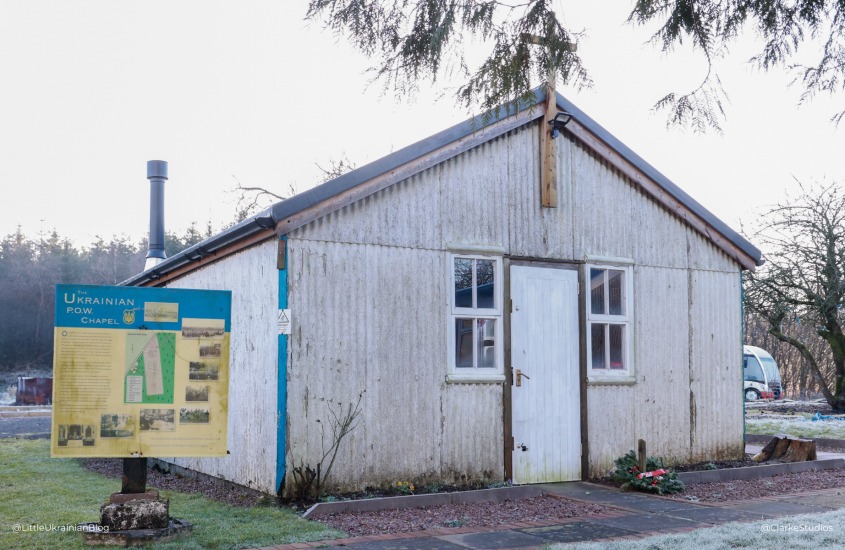
Our recent visit to the Hallmuir Ukrainian POW Chapel is a testament to the unwavering dedication of Ukrainian diaspora in supporting and maintaining a piece of Ukrainian history in the United Kingdom. Nestled in the scenic southwest region of Scotland, surrounded by picturesque hills, the Chapel serves as a silent witness to the untold stories of Ukrainian prisoners of war who arrived in the United Kingdom in the late 1940s. Against considerable challenges, they have left behind a lasting legacy. Join us as we take a look into this hidden piece of history and follow our conversation with Stefan, one of the few dedicated volunteers, shedding light on the vibrant traditions that breathe life into this sacred space.
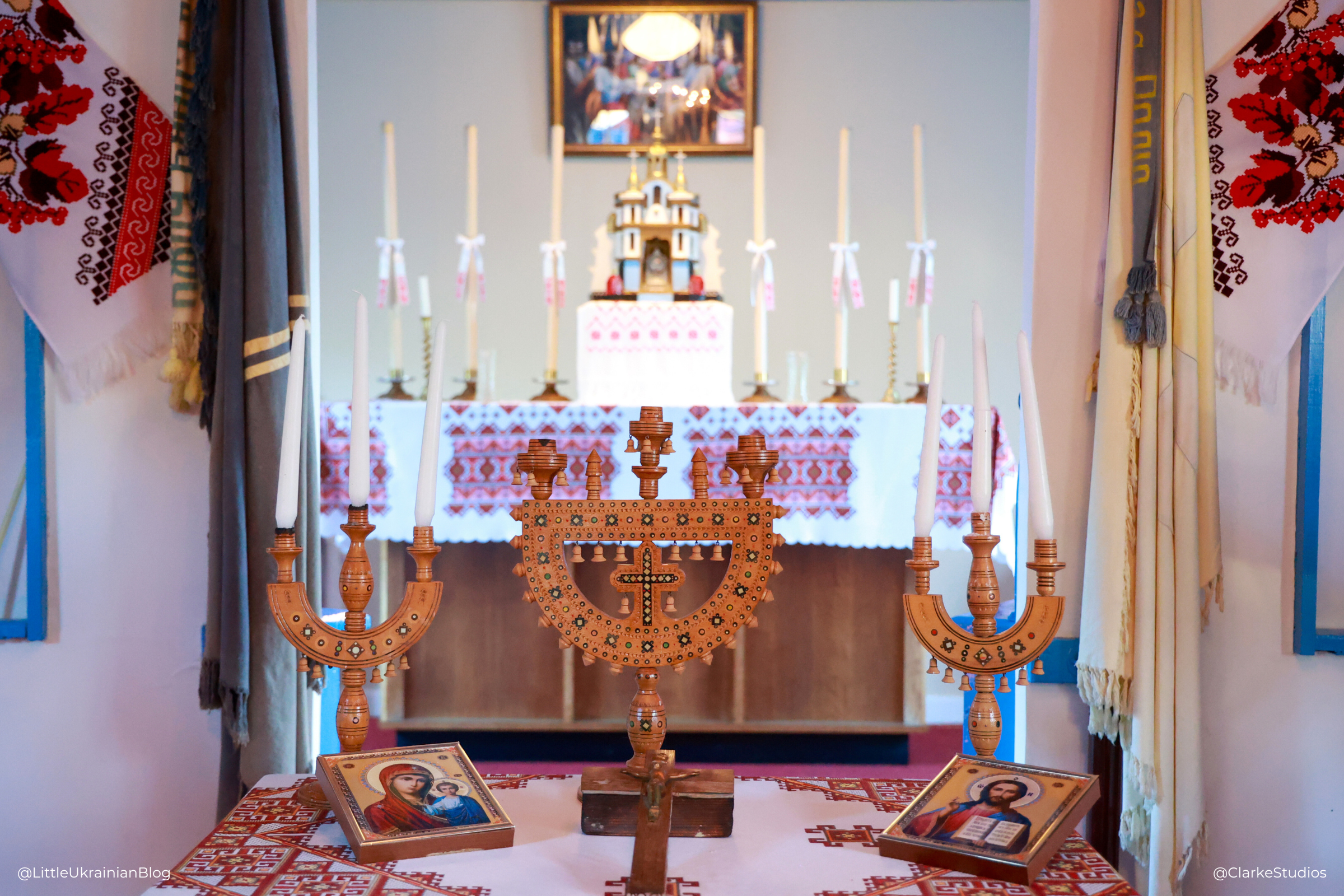
Location
Місцезнаходження
The POW Chapel has been on my list of UK-Ukrainian locations to visit for quite some time, so when finally in the area, I jumped at the chance to take a look inside. Set in the outskirts of Lockerbie and in the midst of the quiet Scottish landscape, the Chapel stands just off the A47 (M) and is remarkably easy to find.
A Look Inside
Погляд зсередини

From the outside, it looks like nothing more than an old iron-clad barrack – a remnant lingering from the old Hallmuir Prisoners of War camp. When I stepped inside, however, it was like being transported to an old Church in Ukraine. Fashioned by Ukrainian prisoners of war in the 1950s, the Chapel still boasts its original simple yet striking design. Its distinct Ukrainian architectural elements, including the traditional wooden shingles and intricate cross patterns, immediately grabs your attention.

Walking through the entrance, we were greeted by vibrant murals and symbolic artworks adorning the Chapel’s interior. The religious paintings on the walls were donated by local Catholic Churches, as were the pews. Originally, the Ukrainian men were used to standing for mass. Not wanting to throw any donations out, they took to seating after they received the pews. Over time, some things in the Chapel have been replaced as they became worn, but mostly the furniture remains the same.
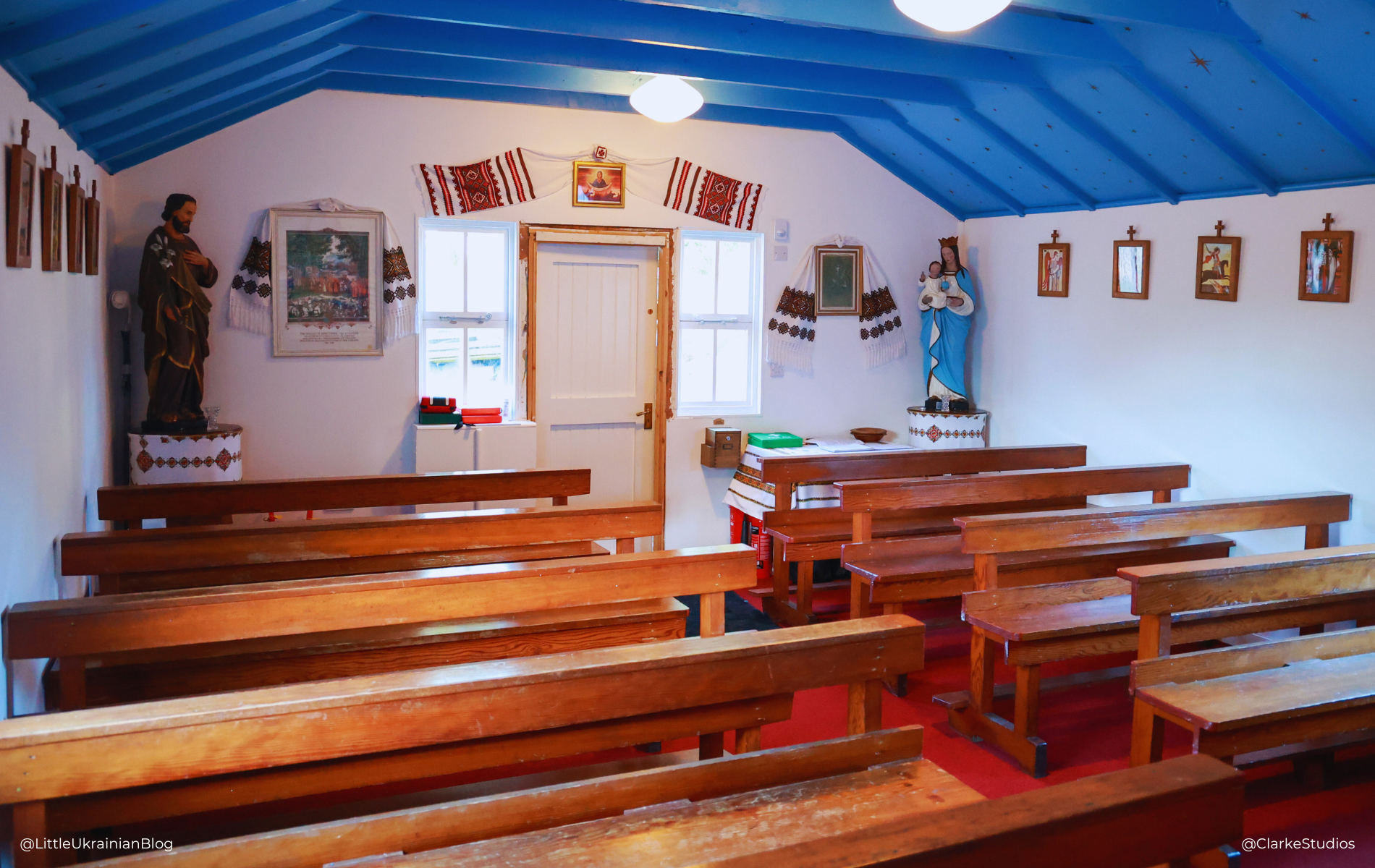
The small but dedicated team of volunteers work tirelessly to preserve the original interior of the Chapel. The iconostasis is one of these features, central to the history of it. With recent renovation work undertaken to the roof, the iconostasis was taken out to protect it, before being put back in its rightful place.

One of the most striking features was the alter centrepiece: a handcrafted sculpture of a traditional-style Ukrainian Church. Carved entirely with a penknife by Mychailo Pereklita, his craftsmanship emphasises the dedication of the Ukrainian POWs to establish a reminder of home. Even more remarkable is the transformation of everyday items, like a painted spinning top toy, which are incorporated into its construction. His speaks volumes about the resourcefulness and creativity these individuals employed to infuse a sense of familiarity into their surroundings.
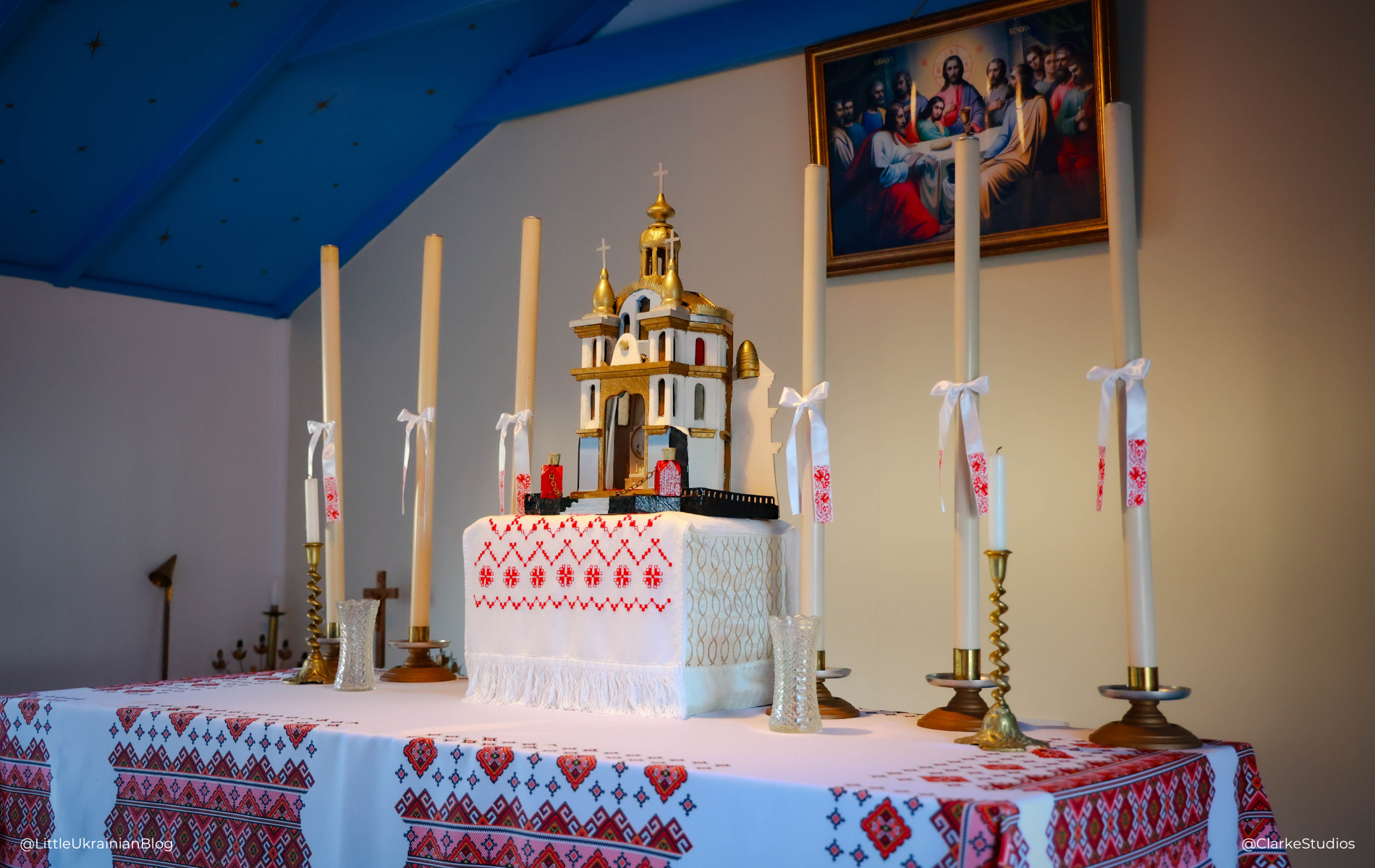
A Brief History
Коротка історія
The Hallmuir Prisoner of War Camp in Lockerbie was originally built to house German and Italian prisoners of war in 1942. Several hundred Ukrainian soldiers, after surrendering to the British forces, found themselves initially detained at the Rimini Camp in Italy before being transferred to the UK.
Around 450 Ukrainian men – former members of the Galician division – were transferred to Hallmuir, where most found employment on local farms and forestry projects. In 1947, the disused barrack was handed over to them and transformed into the official Chapel.
A Word with Stefan Danczak
Інтерв'ю зі Стефаном Данчаком
The history of Ukrainians in the UK is not simply based around the buildings left behind by our parents and grandparents. It’s represented by the dedicated volunteers who continue this passion for Ukrainian culture, and preserve it for the generations to come. A key figure behind the preservation of the Chapel is Stefan Danczak, a passionate volunteer dedicated to preserving the traditions and history it represents. Stefan’s father was one of the original Ukrainians to attend the Chapel, adding a personal connection to his history.
I do most of the upkeep and maintenance of the grounds myself. I lived in Ireland for a long time, and when I moved home four years ago the grounds were in a very poor state and I just thought “Oh no!” There was a lovely chap called Zenon who looked after the place, but he passed away, so no one had tended to it for several years, so I thought “Right, let’s get stuck in.”
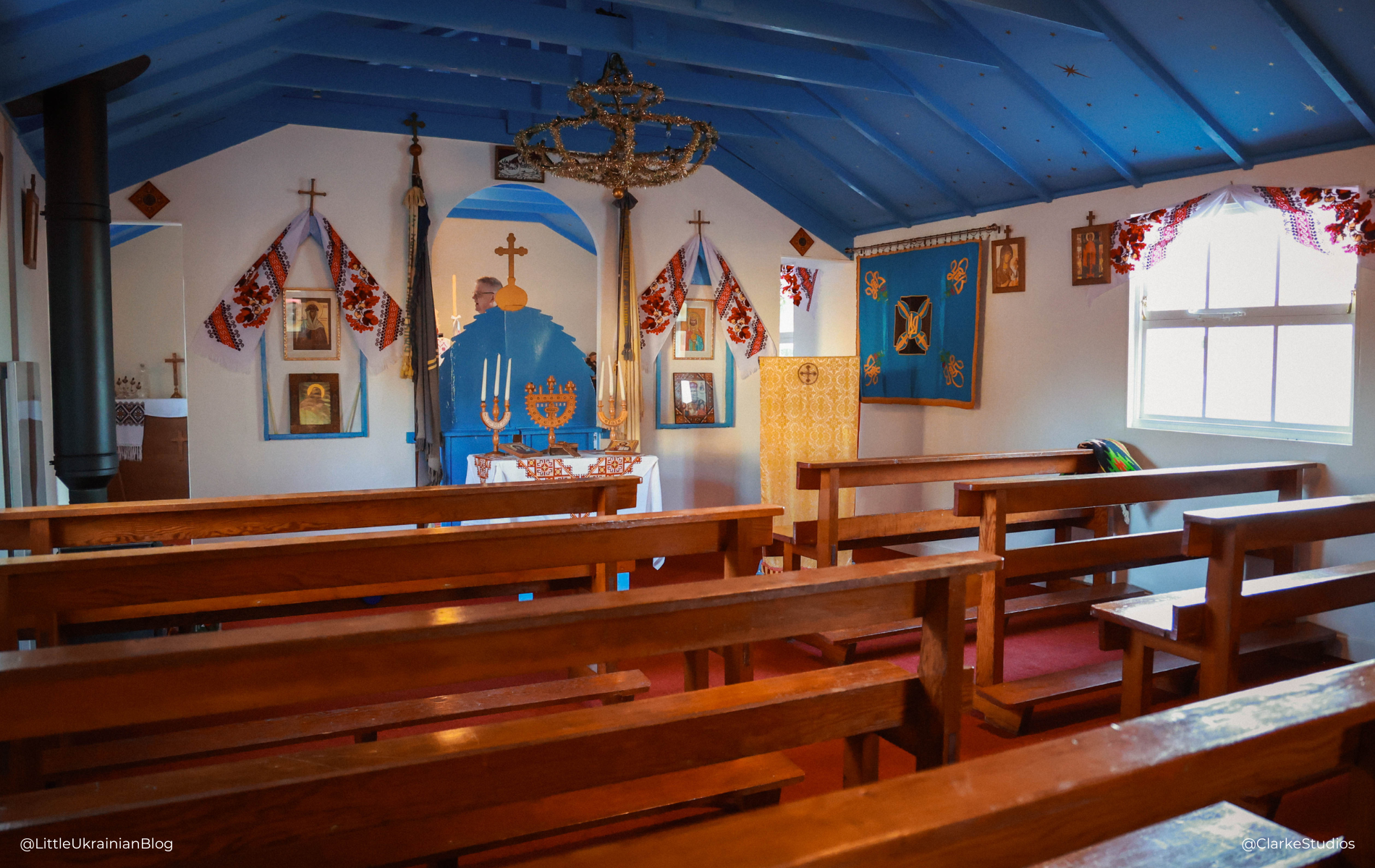
It’s a labour of love, really, isn’t it? And I’m a patriotic Ukrainian! I used to be an alter boy here as well, all my childhood memories are here too. That’s why I do it, and will continue to do it as long as I’m above the ground. Even the bigger places like Carlisle closed down, and most of the second generation Ukrainians weren’t interested and there’s not enough to keep it going.
We’re about 2/3 of the way through our project at the moment, and the Chapel is almost complete. We’ve done quite a lot of work to the structure of the place to secure it with a new roof, new windows, new doors. We built a whole new carpark at the side there with a whole new drainage system – that was a lot of good fun, I got to drive my dumper truck! So that part of it is almost complete.
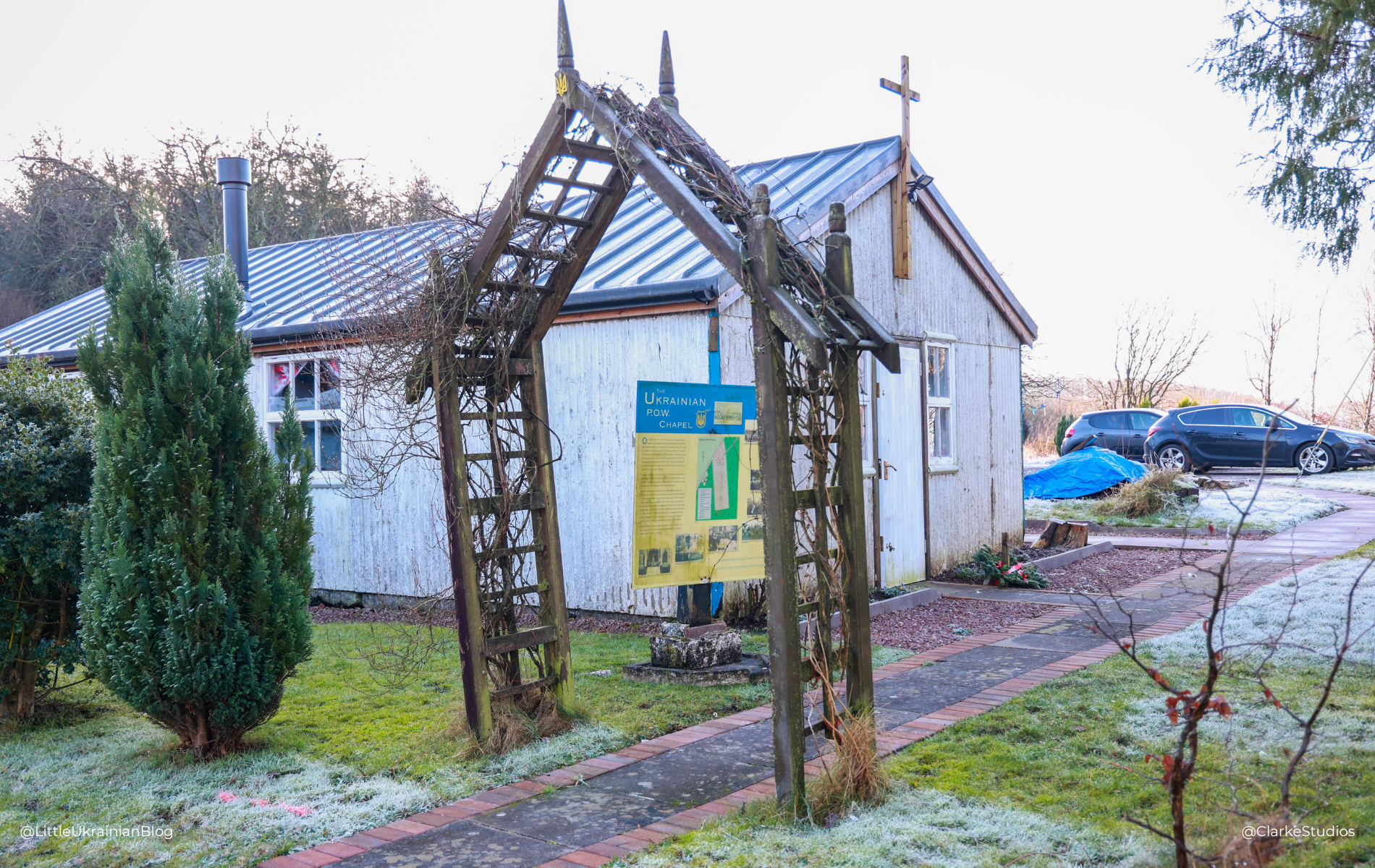
The next phase is that we are going to build our own wee cultural centre just next door. We have the structure of the barrack sorted, now the roof and windows are secure. We just need to do the interior. Once that’s done, we’ll open up for visitors and people can use it for functions and so on. It’s not huge, but it’s big enough for a small function. That’s what we’re aiming to do, and with that we can raise money.
We’re still applying for grants from the Scottish Government and things like that to help us. If you have seen the Chapel before, it looks very similar to then. But what was previously tatty and worn is now clean and solid, like I said, it was a brand-new roof.
A lot of the professional work is obviously done by contractors. We had a committee of six, and its now down to three at the moment: Myself, Petro Kormylo, and Mary MacRae (nee Mykolyshyn). She was actually baptised at this church! My sister is also coming on the committee at the next AGM as the secretary, and Mary is retiring.
We’re looking to recruit other people from the local community if we can, getting second and third generation [Ukrainians] like ourselves, but also non-Ukrainian people. This is going to be part of the local community, not just the Ukrainian community. That’s what we want to do – we want to integrate it in. It is quite remote – we’re in a very underpopulated area of southwest Scotland, so you do need the local community’s support. To be fair, the local community are very very supportive. The lads, the first generation, were here for a very long time. When they stayed here, they integrated into the community as well.
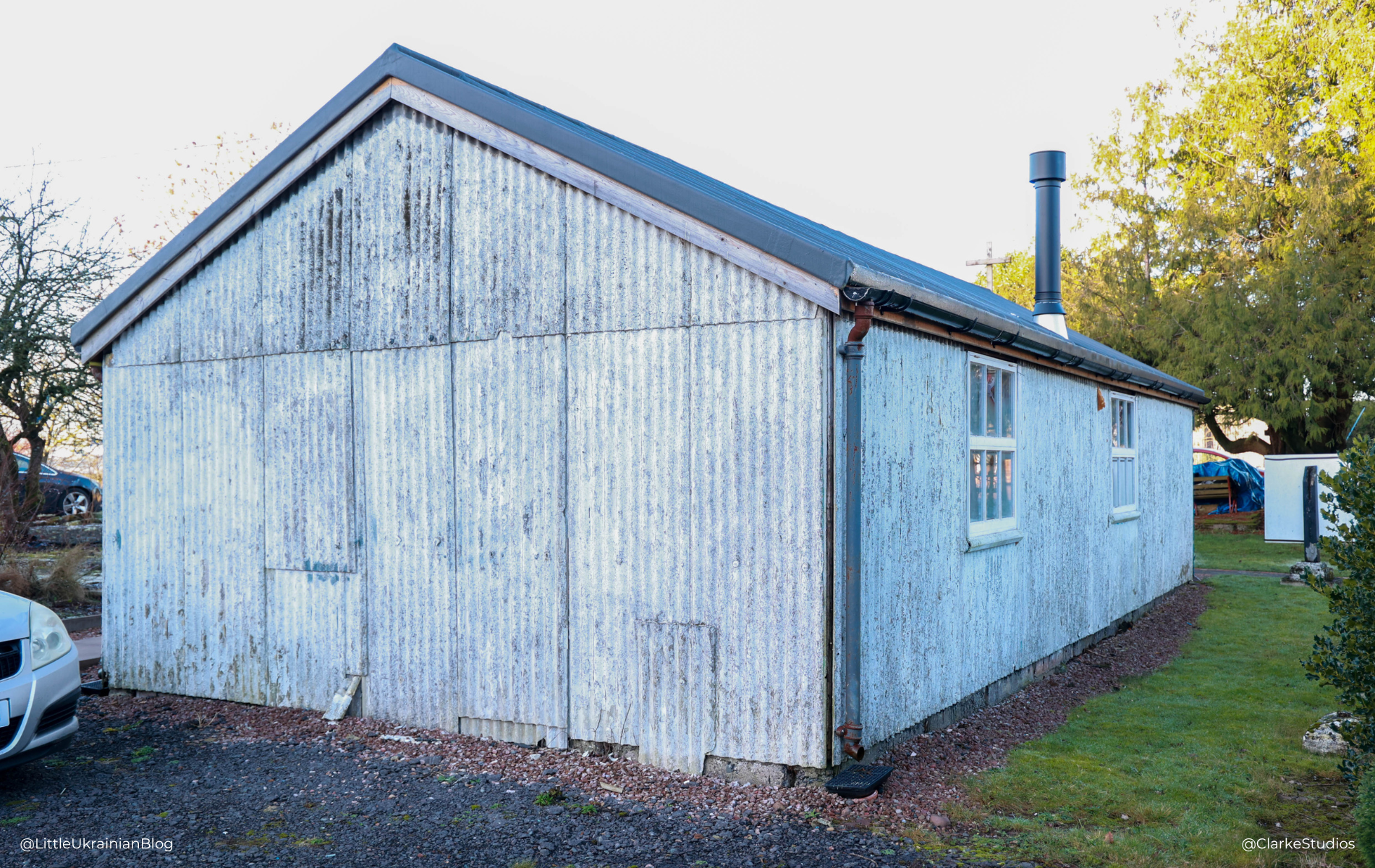
Mary organises all of our donations. We don’t have a JustGiving or anything like that, but usually when I show people around they leave a donation in the donation box. Our main way of raising money at the moment is grants, as we’re not quite finished yet with the work. We’ll get there and get something more formal set up once our new committee structure in the next couple of months.
Just take that first step. Once you’re in, you’re in. It’s the fear of stepping over the threshold, but once you’re over the threshold, it’s not scary at all. I’d never been to Ukraine until I was about forty, and I just went with nothing booked. I just jumped in one of these little minibuses and travelled 14 hours from Kyiv to Lviv. That was it, you’ve just got to go!
How You Can Help
Як ви можете допомогти?
Explore the history of the Hallmuir Ukrainian POW Chapel in Lockerbie by visiting their Facebook page for the latest updates and information. Places like this invaluable Chapel, preserving Ukrainian history and culture in the UK, thrive with our support.
In the area and want to visit the Chapel? Message their Facebook page, and Stefan will kindly open up and show you around. You can also stay connected and informed by following their Facebook page for regular updates on the work they carry out. Have you had the opportunity to visit the Hallmuir Chapel, or does it hold a special place in your heart? Share your thoughts and connections with us in the comments below!
Photos by Clarke Studios.
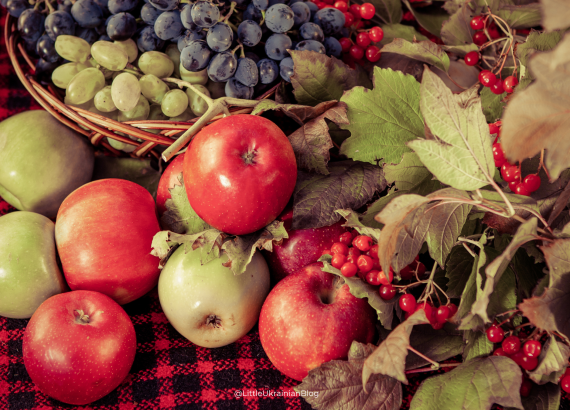
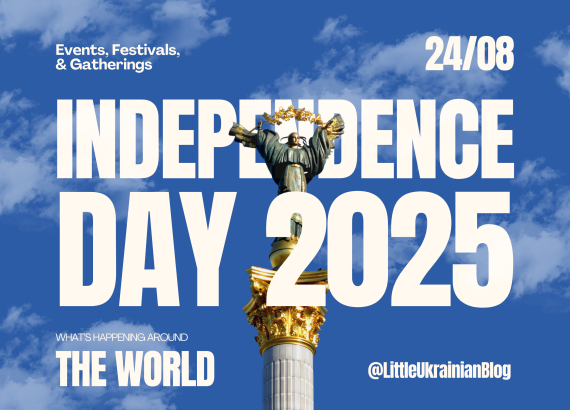
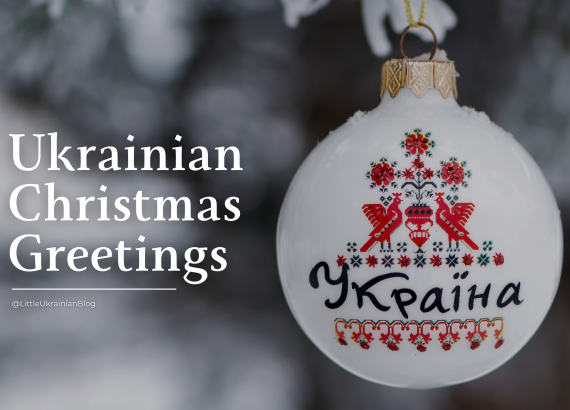
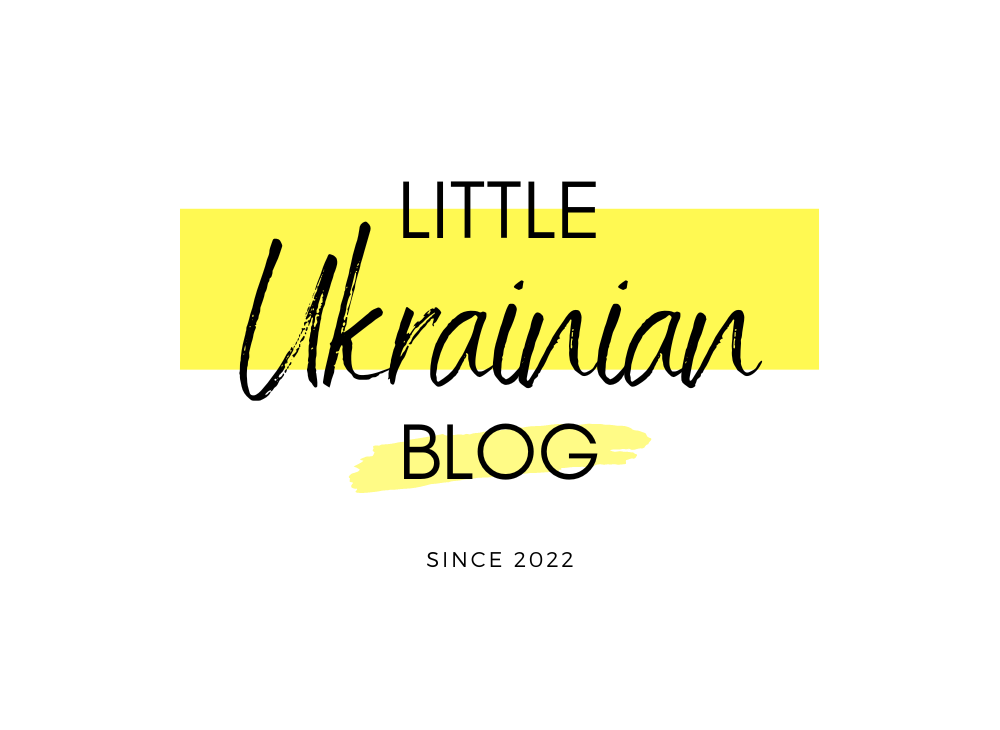
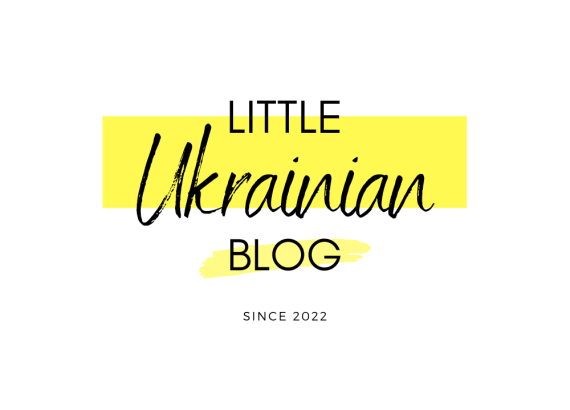
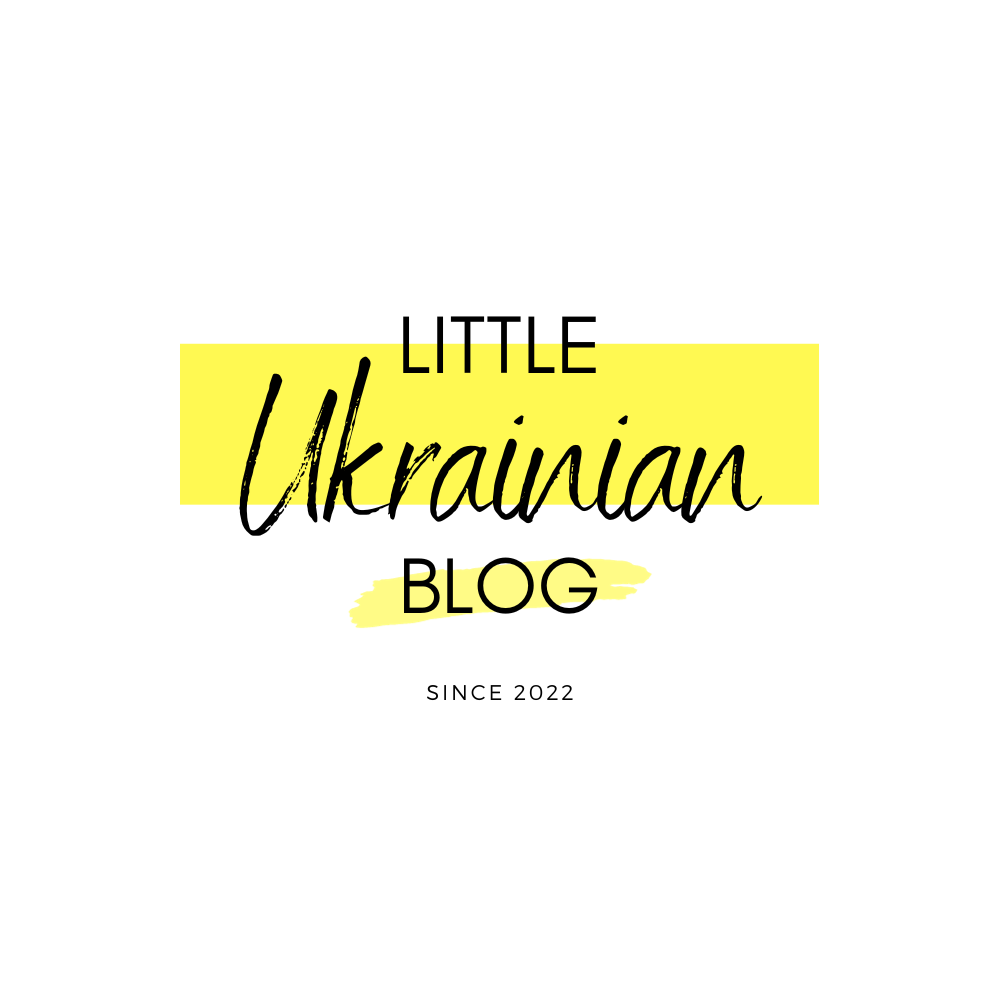


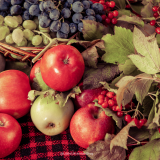

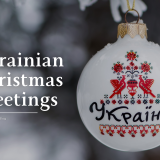
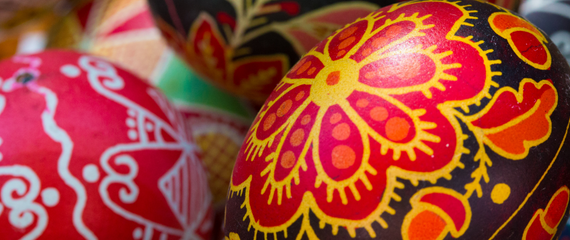
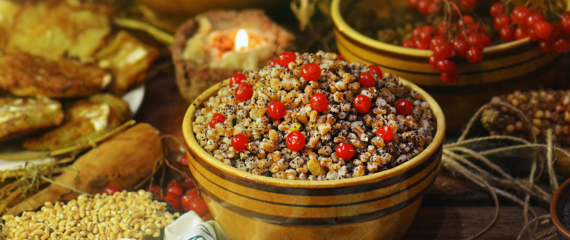


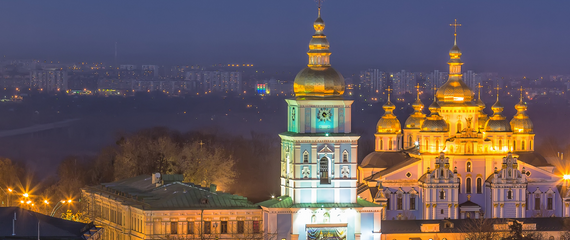


John Hammond
Great read and description. Following our visit to you about a month ago, we have a further box of donations we would like to leave with you Stef, are you open during the week or is it just on a sunday 2 – 4 at the chapel ???
regards
John
ua_admin
Hi John,
Glad you liked the post! We’ve passed your comment on to the Chapel and Stef said he can be there any day for you – as long as he knows in advance.
His email is: ukibhoy@gmail.com
Thanks,
Little Ukrainian Blog